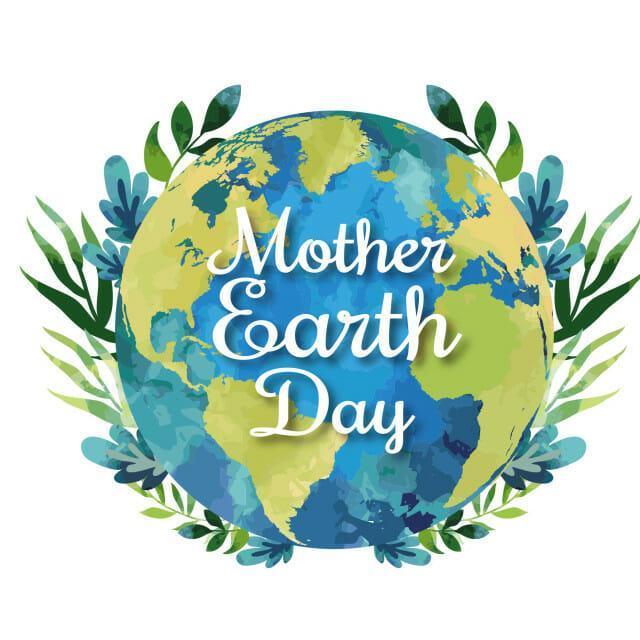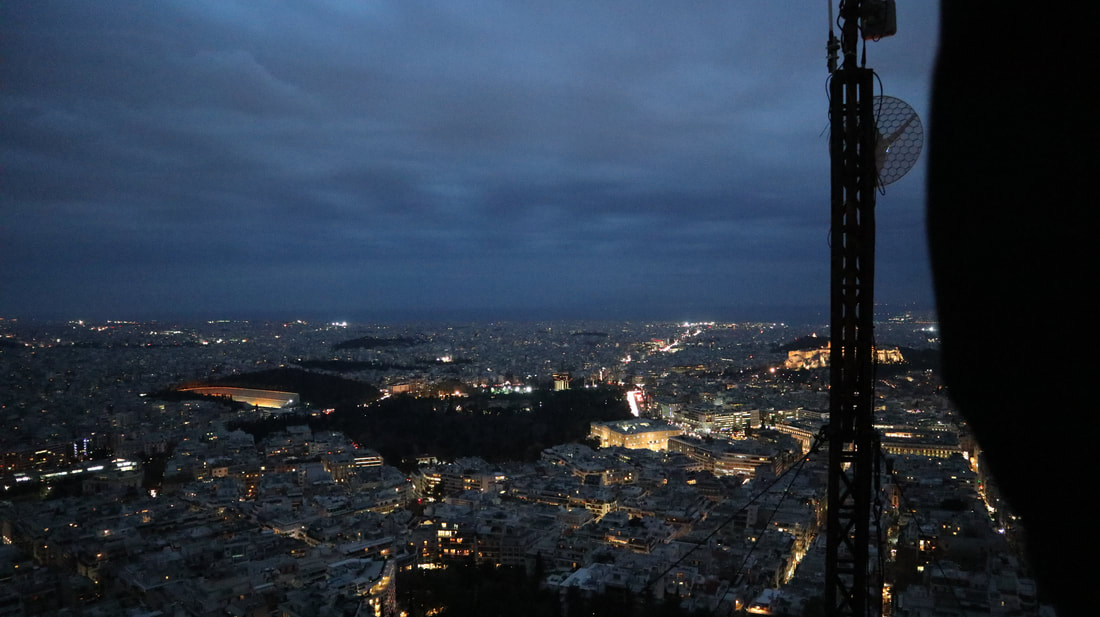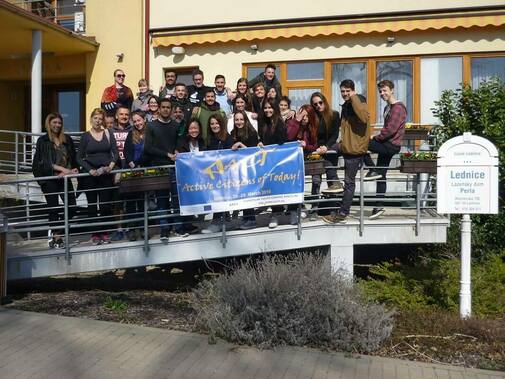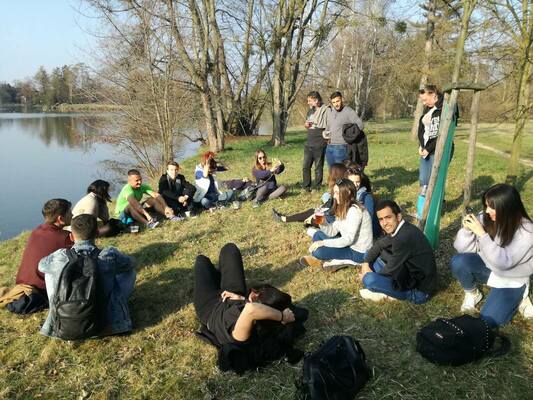The reason for that is that Jazz is diverse. First of all Jazz is not only Jazz music, jazz as a style is very multifaceted.
There is the New Orleans Jazz, which is considered as the fist „jazz style“ and came up around 1905 but at the same time there is the Dixieland Jazz (around 1910), Chicago Jazz (around 1919), Swing (around 1926), Bebop (around 1940), Latin Jazz (around 1947), Cool Jazz (around 1948), Hard Bop (around 1955), Free Jazz (around the end of the 1950s) and Jazz fusion which came up at the end of the 1960s.
After that and until today there are still developing new Jazz styles in the contemporary field.
But maybe you are wondering now: “if they are so many different styles of Jazz music, what is the one ting that makes all those different things to Jazz?”
They are a few characteristics which are common in every Jazz style.
First of all Jazz combines European and African music elements.
The tone system in Jazz music is European just like the instruments which are used, also the melodic and harmony is European.
But although all of those elements are European in Jazz music they are use in they own way and not in the same way like in European music.
The rhythmic, which is a central part of Jazz music is on the other hand an African element and also the spontaneous interaction (like call and response) and the improvisation which also plays a big part in jazz music, are African elements.
Of course this is just a short overview of all the elements that Jazz has but maybe you get a little idea of the style.
Beside all this theoretical facts you have just read, if you look at the history of Jazz it is a lot of more than “just music”.
Here are a few examples what Jazz is also beside music.
Jazz is a symbol of peace and unity and it is a vector of freedom of expression.
Jazz is an opportunity to break down barriers and to create a mutual understanding and tolerance.
Jazz reduces tension between individuals, communities and groups.
And also Jazz supports gender equality it helped to provide jobs for woman in the music industry, particularly as singers.
As you can see Jazz can be a lot of different things and maybe if I asked you in the beginning of the article what you are thinking when you hear the word jazz you did not thought about the music but about one of the other things.
All of those things are reasons why we need the international Jazz Day. So if you have free five minutes today just think about those things and maybe listen to your favourite jazz musician.
At the end of this article: Happy International Jazz Day!
Author
Johanna Dilling









